KUAJOK, South Sudan — The new mothers in Kuajok hospital in South Sudan have overcome harrowing odds to stay alive. South Sudan has the highest maternal mortality rate in the world, with the most recent figures estimating that 2,054 mothers die for every 100,000 live births — some 200 times the ratio in the United Kingdom. In this remote and under-resourced country, around 90 percent of women do not give birth in formal medical facilities like hospitals and clinics, increasing the dangers for mother and child. The world’s youngest nation, which celebrated the fourth anniversary of its independence from Sudan on Thursday, has struggled to overcome the legacy of decades of conflict and neglect. Its hard-won independence has only brought more tragedy — civil war broke out in …
KUAJOK, South Sudan — The new mothers in Kuajok hospital in South Sudan have overcome harrowing odds to stay alive.
South Sudan has the highest maternal mortality rate in the world, with the most recent figures estimating that 2,054 mothers die for every 100,000 live births — some 200 times the ratio in the United Kingdom. In this remote and under-resourced country, around 90 percent of women do not give birth in formal medical facilities like hospitals and clinics, increasing the dangers for mother and child.
The world’s youngest nation, which celebrated the fourth anniversary of its independence from Sudan on Thursday, has struggled to overcome the legacy of decades of conflict and neglect. Its hard-won independence has only brought more tragedy — civil war broke out in late 2013, wrenching the country apart in brutal and ethnically motivated violence.
In the northwestern city of Kuajok, the capital of Warrap state, the main state hospital is desperately trying to treat those wounded and displaced by war, as well as young mothers who face increasing dangers in the bloody conflict. “The population we serve has swollen up… and we can’t get supplies in time” Okello Arngod, a 35 year-old senior medical officer at the hospital, told The WorldPost. “We have a lot of complicated deliveries, because many women arrive already malnourished and sick,” he said.
At Kuajok’s maternity ward, short on beds and powered by solar panels, The WorldPost photographed the medical staff and patients fighting to overcome South Sudan’s desperate circumstances.

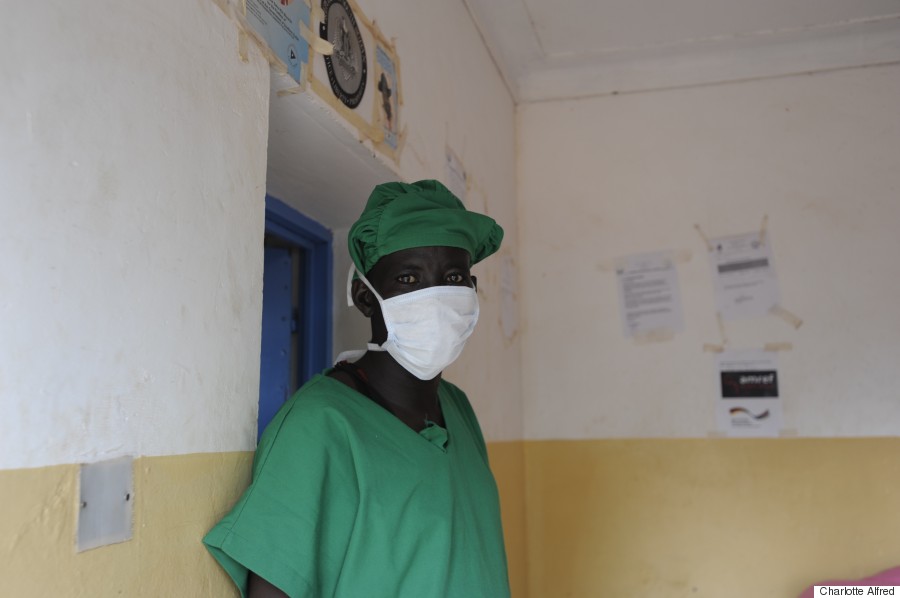

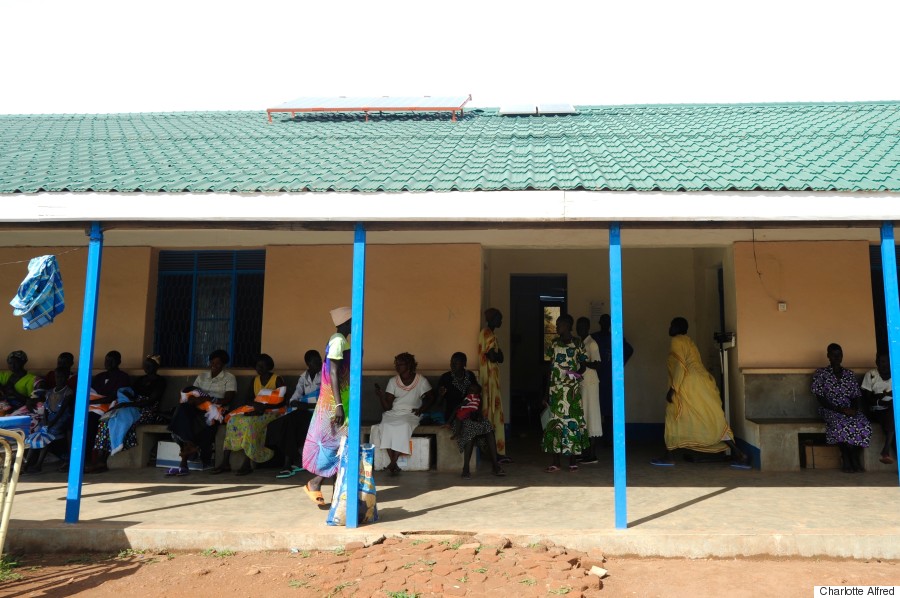
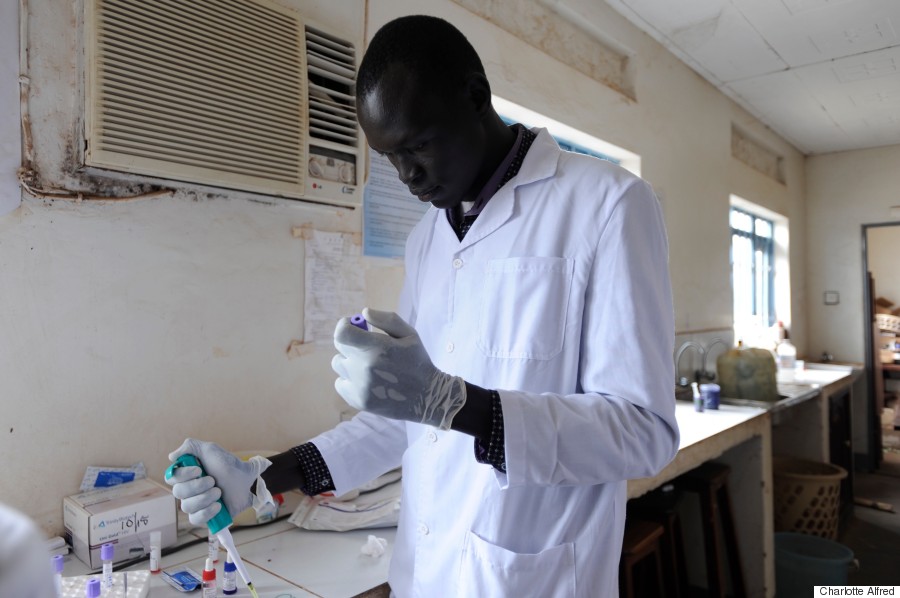
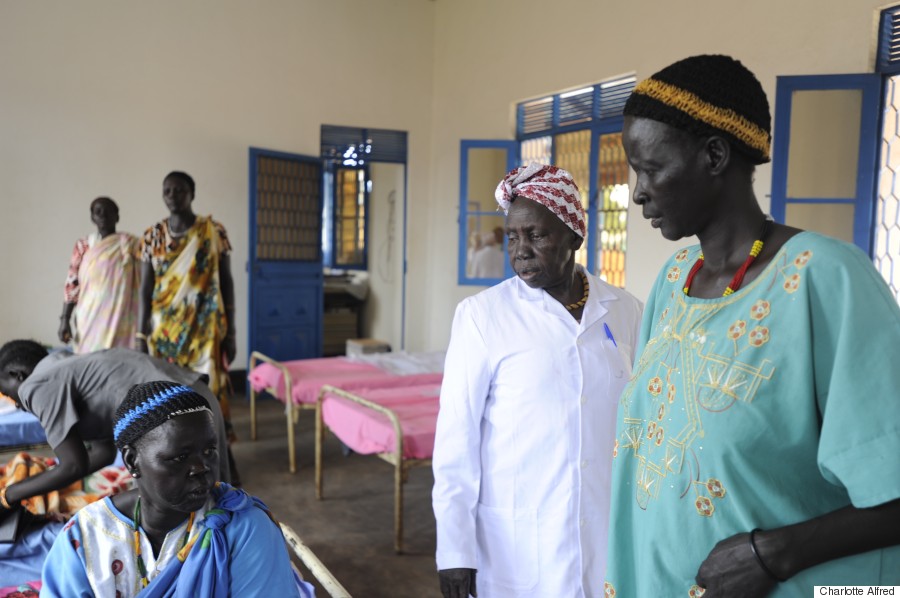
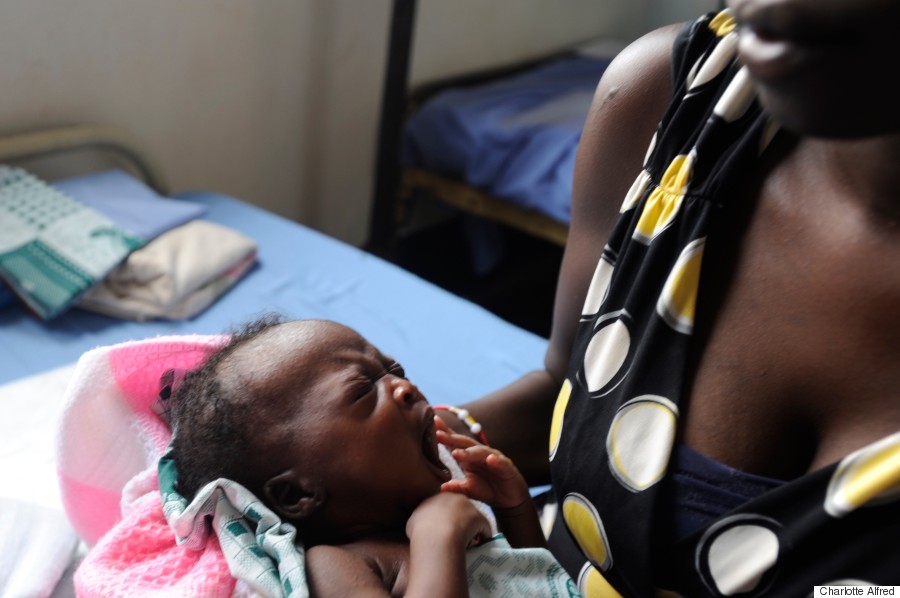




More from The WorldPost on South Sudan:
– Meet The South Sudanese Farmers Who Want To Feed Their War-Torn Nation
– These Girls Dream Big Despite Hunger, Discrimination And Conflict
– This War Is Dramatically Escalating, But Remains Hidden From View
– Political Exiles’ Return To South Sudan Raises Cautious Hopes For Peace
– Life Inside A UN Base Where Thousands Shelter From South Sudan’s War
The reporter traveled to South Sudan on a media trip organized and funded by the aid group World Vision.
— This feed and its contents are the property of The Huffington Post, and use is subject to our terms. It may be used for personal consumption, but may not be distributed on a website.
Source –





















